Metals are essential in energy electronics for conductivity, thermal management, electromagnetic shielding, and structural support. They are used in power generation, conversion, storage, and transmission systems. Below are the key metals and their applications:

1. Conductors (High Electrical Conductivity)
Copper (Most Common Conductor)
- Applications:
- Printed Circuit Boards (PCBs) – Traces and vias.
- Transformers & Inductors – Windings for efficient energy transfer.
- Electric Motors & Generators – Stator and rotor windings.
- Power Cables – Low resistance for high-efficiency transmission.
- Advantages: Highest electrical conductivity (after silver), good thermal conductivity.
Aluminum (Lightweight Alternative)
- Applications:
- High-Voltage Power Lines – Lower weight than copper.
- Capacitors & Heat Sinks – Combines conductivity with lightweight.
- Disadvantages: Higher resistance than copper; often coated or alloyed.
Silver (Premium Conductivity)
- Applications:
- High-Frequency RF Components – Antennas, satellites.
- Photovoltaic Cells – Silver paste in solar panels.
- Limitation: Expensive; used only where ultra-high conductivity is critical.

2. Thermal Management (Heat Dissipation)
Aluminum & Copper (Heat Sinks & Spreaders)
- Applications:
- CPU/GPU Cooling – Extruded/finned heat sinks.
- Power Electronics (IGBTs, MOSFETs) – Baseplates for thermal dissipation.
- Advanced Forms: Vapor chambers, heat pipes (copper wick structures).
Tungsten & Molybdenum (High-Temperature Stability)
- Applications:
- Power Semiconductor Substrates – Handles extreme heat in high-power devices.
- Electron Emitters (Vacuum Tubes, X-ray) – High melting point.

3. Magnetic Materials (Inductors, Transformers, Motors)
Silicon Steel (Soft Magnetic Material)
- Applications:
- Transformer Cores – Reduces eddy current losses.
- Electric Motor Stators & Rotors – Efficient magnetic flux conduction.
- Key Property: Laminated layers minimize energy loss.
Nickel-Iron Alloys (Permalloy)
- Applications:
- High-Frequency Transformers – Low hysteresis loss.
- Magnetic Shielding – Protects sensitive electronics from EMI.
Rare Earth Magnets (NdFeB, SmCo)
- Applications:
- Permanent Magnet Motors (EVs, Wind Turbines) – High energy density.
- Speakers & Sensors – Compact, strong magnetic fields.

4. Semiconductor & Interconnect Metals
Gold (Corrosion-Resistant Conductor)
- Applications:
- Wire Bonding – Connects IC chips to packages.
- High-Reliability Contacts – Aerospace & medical electronics.
- Why Gold? Does not oxidize, ensuring stable connections.
Silver & Copper (Conductive Inks/Pastes)
- Applications:
- Flexible Electronics – Printed sensors, RFID tags.
- Solar Cell Electrodes – Silver paste for current collection.
Tantalum & Niobium (Capacitors)
- Applications:
- High-Capacitance Tantalum Capacitors – Used in power supplies.
- Niobium Oxide Capacitors – Emerging alternative to tantalum.

5. Structural & Shielding Metals
Stainless Steel (EMI Shielding & Durability)
- Applications:
- Electronics Enclosures – Protects against interference.
- Battery Casings – Structural integrity in EVs.
Aluminum (Lightweight Shielding)
- Applications:
- Smartphone & Laptop Chassis – Blocks EMI while keeping weight low.

6. Emerging Trends in Energy Electronics
🚀 Wide-Bandgap Semiconductors (SiC, GaN) → Copper & Molybdenum used in high-frequency power devices.
🚀 Additive Manufacturing → 3D-printed copper heat exchangers for cooling.
🚀 Solid-State Batteries → Lithium-metal anodes for higher energy density.
🚀 Flexible Electronics → Silver nanowires & copper mesh in foldable displays.
Summary Table: Key Metals in Energy Electronics
| Metal | Primary Role | Key Applications |
|---|---|---|
| Copper | Conductor, Thermal Mgmt. | PCBs, motors, transformers, heat sinks. |
| Aluminum | Lightweight conductor/shield | Power lines, enclosures, capacitors. |
| Gold | Reliable interconnects | Wire bonding, high-end ICs. |
| Silver | High-performance conductor | Solar cells, RF antennas, conductive inks. |
| Silicon Steel | Magnetic cores | Transformers, electric motors. |
| Tungsten | High-temperature stability | Power semiconductor substrates. |


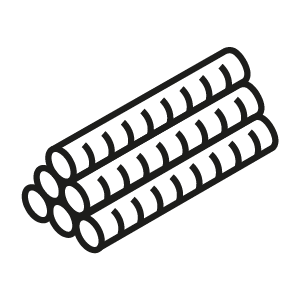
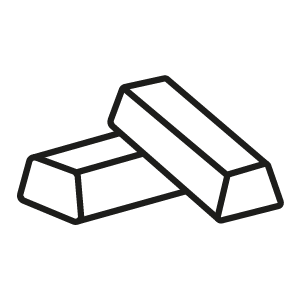
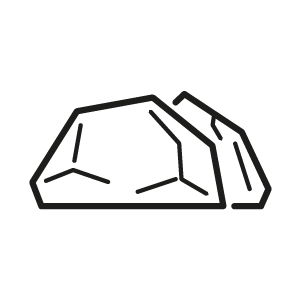

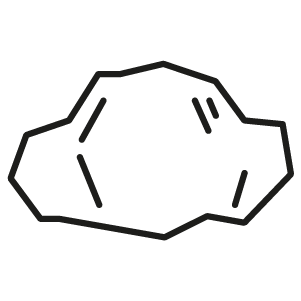
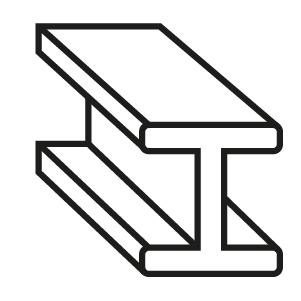


Add comment